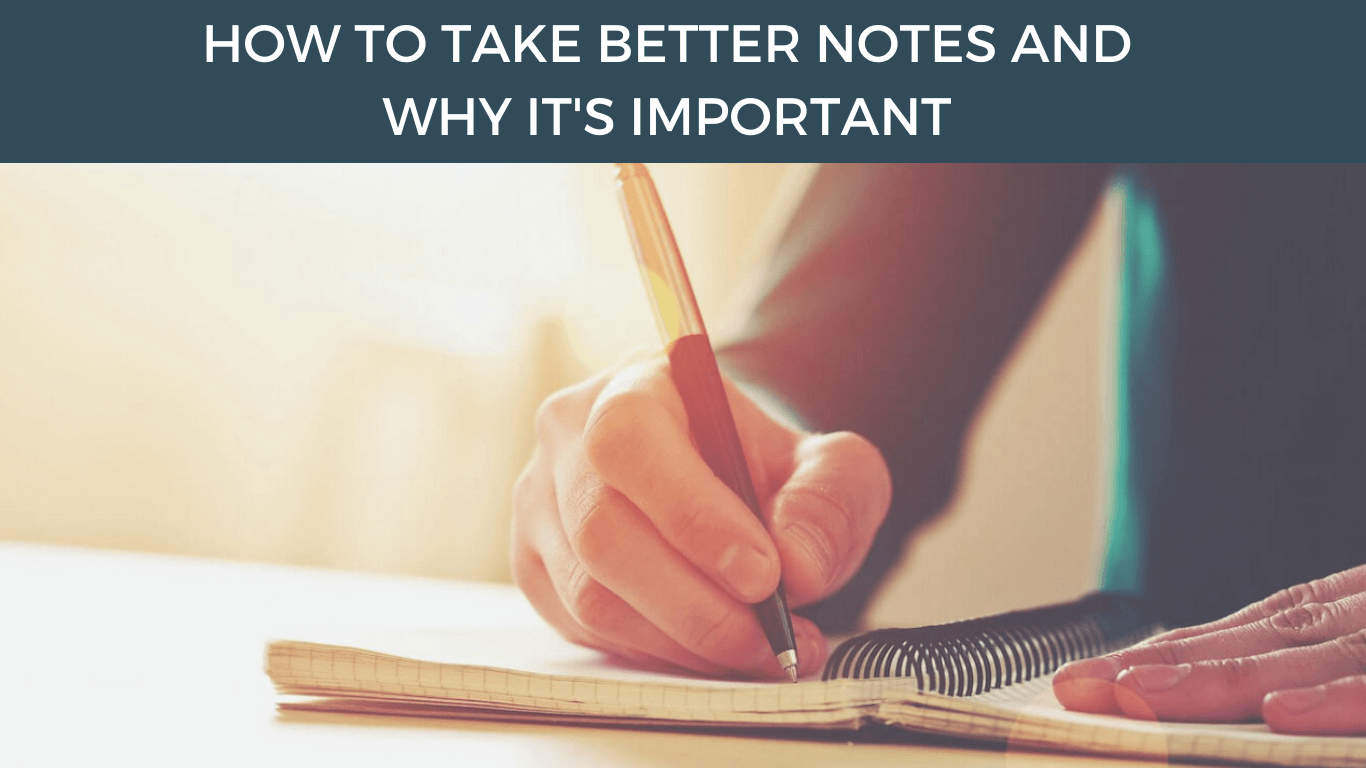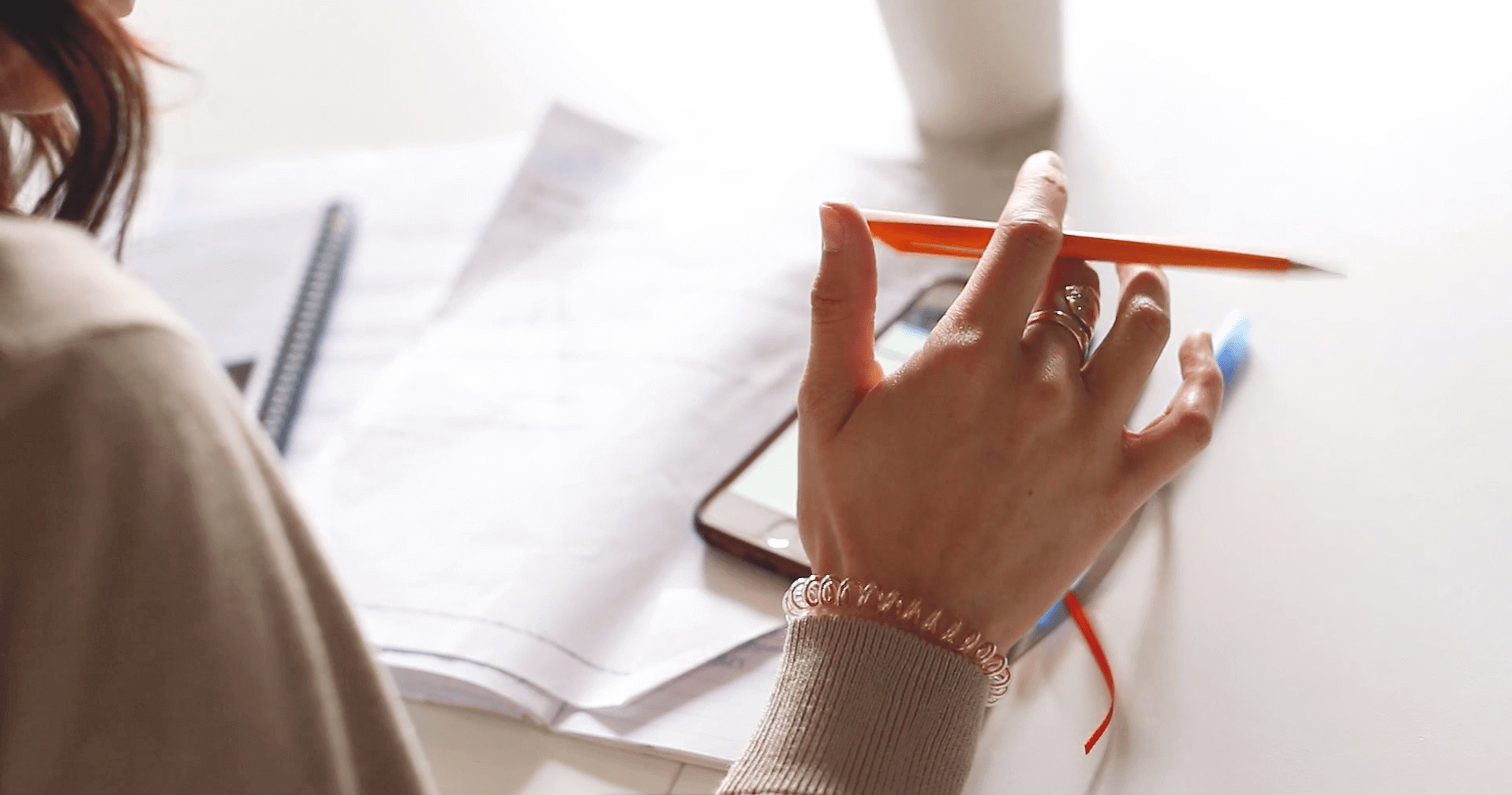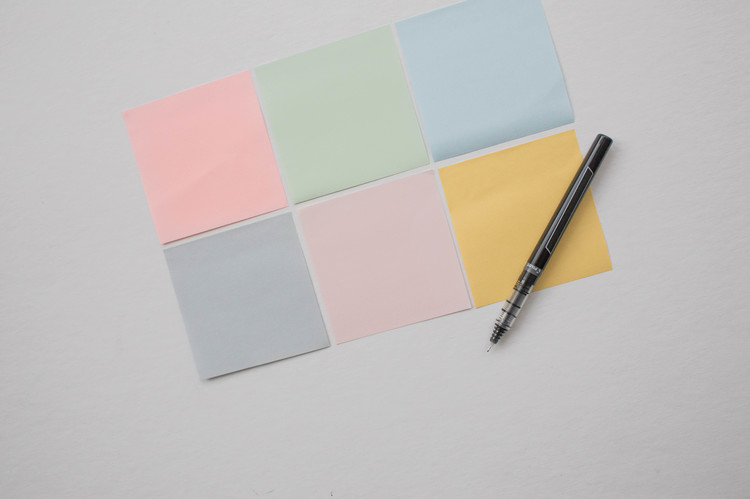
How often have you received a call from your boss asking about something mentioned in a meeting that they forgot? Being able to recall information at a moment’s notice is a key skill of an effective assistant. But don’t panic! You’re not expected to remember absolutely everything yourself. These types of situations are what taking notes is for.
Effective note-taking helps you do your job to the best of your ability and ensures that nothing gets forgotten or missed. If this is something you struggle with, this post will teach you how to take better notes.
The Importance of Taking Notes
Taking good notes is a skill that many lose once school and exams end. Yet it’s a vital skill in any workplace for many reasons. And note-taking is critical when you’re working as a busy assistant.
Keeps You Alert
As an assistant, part of your job likely is to attend meetings on behalf of your boss. But sometimes these meetings can go on for hours. You may feel your mind wandering to other tasks on your to-do list. Taking notes helps keep you alert and focused.
Keeps You Organized and On Track
Organization is a crucial skill for an excellent assistant. When your boss throws an endless stream of tasks your way and your to-do list keeps growing, good notes can help you stay organized. Write down all tasks, requests, plans, and reminders. Doing this ensures that nothing important gets missed on accident. And when priorities are unclear, note-taking can also help you decide where to focus your attention.
Helps for Future Reference
Assistants need to retain a lot of information, from your boss’s meeting room preferences and in-flight meal requirements to an important client’s favorite restaurant for lunch meetings. There’s too much for one person to remember — no matter how good your memory is! When you write things down, you save yourself time and stress in the future. Make yourself indispensable to your boss by having everything recorded.
Engages Your Mind
Note-taking isn’t just about recording information. It can also be useful for processing information. When you take notes, you engage more parts of your brain. You’re more likely to understand and remember what you’re hearing. Better understanding is helpful when you need to implement what’s written. It stops you from wasting time needing to clarify things with your boss repeatedly.
Helps with Problem-Solving and Creativity
Writing things down can help with problem solving and creativity. You may see connections that you wouldn’t have noticed otherwise when reviewing notes. And you’ll have access to information that others wouldn’t have retained. These connections and snippets of information can lead to creative solutions to problems and innovative ideas.
Shows Respect
Finally, taking notes is a great way to show respect to people in your workplace. Whether you’re talking with your boss or meeting with other employees, notes show that you’re listening and think what they’re saying is essential. It’s a helpful strategy for building rapport and making connections around the company.

How To Take Better Notes
When learning how to take better notes, it’s essential to find a system that works for you. Your style will develop over time. But we can offer some general tips to help you develop your note-taking skills as an assistant.
Plan Ahead
If you already have details about the meeting you’re about to attend, make notes in advance. What’s the topic of the meeting? Who’s attending? Gathering information before a meeting can give you a better context to take clear and coherent notes. You’ll already be aware of the main points and what’s important.
Have a Note-Taking Process or Technique
There isn’t only one way to take better notes. Each person has their process. And various techniques work better for different people. If you need some guidance, below are the most common note-taking techniques.
The Cornell Method
The Cornell Method involves splitting your notes page into three sections — two vertical columns and one horizontal column along the bottom. The left “cue” column is for keywords, questions, and comments. The right “notes” column is for the main bulk of notes. And the bottom is for summarizing the information.
The Outline Method
The Outline Method is a linear technique for note-taking and is the one most people naturally use. The simple process works by using headers and bullet points to record information as you receive it. Each new topic is a new header. This method works well in fast-paced meetings and situations.
The Mapping Method
Remember those mind maps that you used to create in school? Well, that’s exactly what the Mapping Method is. Start with the main topic or idea in the middle, then branch outward with subtopics. This note-taking method is great if you’re a more visual thinker.
The Chart Method
The Chart Method involves splitting a page into several columns and rows to fill with information summaries. You might not want to use this method when jotting down notes in a hurry. But it’s excellent for condensing and organizing existing notes.
Write Down Questions
If you have any questions, note them for later. You can then ask questions after the meeting or research the answers yourself. This approach is much more efficient than interrupting the meeting or continuously asking your boss for clarification.
Write in Short, Succinct Sentences
Taking notes is about summarizing information, not writing down every word you hear. While it’s essential to get down all of the vital points, you also don’t want to spend hours reading back through your notes at the end to find what you need. Write in short, concise sentences that get the main points across.
Use Words You Understand
There’s no point in taking notes if you don’t understand what you wrote. Notes don’t have to be word-for-word. Translate any complex information into simple words that you understand. Doing this will make your life significantly easier when reviewing your notes or reporting back to your boss.
Rewrite Notes in a Clean Copy
You’ll probably scribble down notes during a fast-paced meeting as quickly as possible. They may end up looking like a complete mess. It’s fine as long as you translate them into a clean copy as soon as possible after the meeting. It’s best to review and rewrite your notes while the information is fresh in your mind. Turn your scribbles into something you can use and refer back to.
Store a Copy for Later
Finally, make sure to store a copy of all of your notes for later. You never know when you might need the information again. Create an organized filing system, so you can quickly access your notes. You can organize notes by date, meeting attendees, topics, etc.

Helpful Tools for Taking Notes
You can record notes anywhere. Once again, it’s about your preferred system. But some useful apps and tools can help you record and organize your notes efficiently.
Recommended tools for note-taking are:
- Microsoft OneNote. A free and simple to use note-taking app.
- Evernote. Notes can be text, drawings, photographs, audio, or web content.
- Apple Notes. Apple’s free note-taking app that you can sync on all of your devices.
- Google Keep. Google’s note-taking app syncs with the rest of Google’s ecosystem, including Gmail and Google Docs.
- Notion. The best note-taking app for collaboration.
- Obsidian. A new and complex digital database for recording notes.
- Pen and Paper. The original note-taking tools.
Benefits of Physical Note-Taking
Are there any benefits to physical note-taking instead of online documents and apps? Research shows that writing things down on paper is the better method.
Benefits of physical note-taking include:
- Increases Focus. Removing the distractions of the digital world can help you be more present and active in meetings.
- Critical Thinking. Writing notes with pen and paper decreases the speed at which you can transcribe and encourages you to process the information better.
- Improves Recall. Being more focused and processing the information when writing physical notes can help you recall it later.
- Develops Creativity. When using pen and paper, you’re freer to get creative and use symbols, drawings, and doodles in your notes.
- Supply Variety. Because who doesn’t love a cute notebook or colorful sticky notes for organizing your thoughts?
LifeSquire Can Help You Take Better Notes
Taking better notes can make a difference in your productivity and increase your value as an organized and efficient assistant. At LifeSquire, we can help you become a better note-taker and more organized assistant with our professional assistant training course LifeSquire Academy. Contact us if you need more information or to register.

0 Comments